Writing is a passion of mine; it allows my creative juices to run freely through my veins.
I create worlds and escape with characters to places I can only dream.It’s the same feeling I get when playing a role-playing game – sinking hours into worlds with the ability to explore freely.
It’s a sandbox of freedom.
Role-playing games are the creation of another’s hard work and dedication. They prepared all the worldbuilding for years before the game starts the production stage.
Writing allows me to sink into my own process of creation.
I started writing when I was young, writing stories about war and video games. They had a heavy focus on action and didn’t have any compelling narrative. They had potential, but my skills were not tuned. My writing process was non-existent, my syntax needed lots of work, and I feel embarrassed when I look back at my older work.
Years later, I have gone through high school, an undergraduate program, and am currently in a master’s program pursuing my writing. I have a better understanding of syntax and structure and use these skills to create compelling narratives. Today I dive into my current writing process as I prepare my short story for magazine submission.
The Brain Storming Stage:

A project always starts somewhere. Sometimes I’ll have the seedling of an idea, others I’ll know the whole plot before I write a single word. Every project is different; however, they all have one thing in common: an urge to tell a story.
Burning within the deepest caverns of my being, I feel pulled to tell a story. The page is calling me, and I cannot ignore it.
The idea dwells in my head for weeks or months at a time – I’ll be pulling trash at the Disneyland Resort, contemplating the details. I can try to ignore it, but it is futile.
Thus, begins the brainstorming stage. I’m not much of an organized brainstormer. I don’t take a bunch of notes or write much down. I mostly keep track of the ideas within my mind.
I’ll meditate on the thoughts and ideas, watch them play out, and see where they can go. Some ideas will have a continuous flow of possibility, and others will struggle to get much further than the initial thought – those immediately get thrown out.
I generally start with a character’s name or a location. The character will become more apparent in my mind; I’ll learn who they are, what they want, and what drives them. I’ll start to see the kind of people they hang out with, the types of shenanigans they are prone too, and I’ll sit with them.
If focusing on a location, I’ll learn the history, what events took place there, what typically happens there. The site has stories passed around by the locals. I’ll follow the trail, however deep it goes.
The anecdote surrounding the character or location will invade my dreams.Once this happens, I’m ready to move into the second stage.
The Plotting Stage:
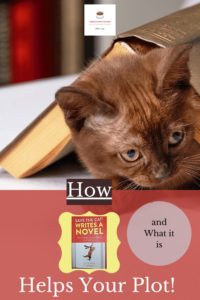
I know my character or location, and now it’s time for me to work out the more intricate details. Enter my character and plotting sheets! I fill them out, step by step, learning more about my character. I start simple with their name, age, and fantasy race they belong too.
Then move into juicier details.
What are their flaws?
How do those flaws affect their life?
When do they get what they want?
I write down every detail relevant to the story I want to write. After meeting the character, it’s time for Save the Cat! I go into more detail of the 15 beats here. The story does not always present itself to me in order. Sometimes, the first thing will be the final image, the catalyst, the finale; other times, I can follow the flow step by step.
Not everyone is a plotter, and sometimes neither am I. If I get stuck at the plotting stage, then I find it is best to skip it. I’ll fill in the beats as I write them instead of pre-planning.
In this case, I’ll skip to the next step.
The Writing Stage:

I’ve had an idea, gave it time to fester, figured out the plot, and now it is time to write the story.
After finishing the plotting stage, I’ll take a day or two off, allowing the story space to grow.
Before I sit down to write, I’ll meditate – clearing my mind and allowing my self to focus on the project. Brainural.com and Spotify play in the background as I breathe a deep, full breath.
My coffee or energy drink is waiting for me by my computer.
I’ll lay out a soft blanket and sit on my zafu pillow with calm music playing in the background. Occasionally I’ll turn on incense to invoke the mood.
Then I write.
Some days I’ll pour words onto the page and others a couple of words will drip out painfully slow.
The key is to keep pushing.At the beginning of a writing session, I’ll set myself a word goal of around 500 words. Unless I accomplish my goal, I don’t let my session end. After I’ll take a break and play a videogame, or go on a run with my fiancée, or we’ll watch a show.
Then it’s back to writing. And I’ll continue this process until the story is through its rough draft. I try not to edit too much along the way, but sometimes I cannot help my self. I’ll end a session running my progress through Grammarly and try to clean out the most prominent errors. But, I’ll save the majority of the editing for the final stage.
The Editing Stage:
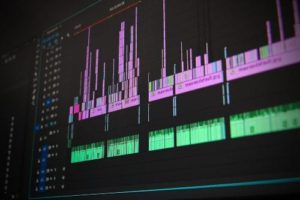
The story has made it through its first draft, I have a beginning, middle, and ending, but now it’s time to go through my editing process.
The first step is to read through my story from beginning to end. The narrative must flow and be easy to read. The events and rising action must be clear. The timeline must be logical, and the best way to see where it doesn’t flow is to read it.
I’ll take notes of the trouble spots and save them for later.
After reading, it’s time to reorganize the story. See what parts are missing, which parts I can add, and which parts need to be removed or are not in the right place.
Sometimes, I’ll add new scenes, and other times I’ll delete whole scenes.
After this revision, it is time to look more closely at the syntax and see how the words flow, line by line. This is the most grueling part of the writing process; luckily, Grammarly catches most of the mistakes.
Now, it is time to allow others to read my work and get feedback from people not as close to the project. I’ll get beta readers from twitter #writingcommunity, as well as friends and family.
Other people’s feedback is invaluable and the greatest, yet most nerve-wracking part of the process.With the feedback, I’ll repeat the editing stage until I feel I have a finished piece.
The Projects End:
At this point, I feel there is nothing else I can do for this story. I format it for submission and send it out to magazines in the hopes of acceptance.
The project is out of my hands, and I won’t make revisions until after hearing from my first wave of magazines.
While waiting to hear back, I will start other projects and keep myself busy, learning as much as I can about writing and blogging.
Conclusion:
By sharing my writing process, I hope I can help writers like yourself, discover your own writing process. You can take what sounds good and modify it however you wish.
What works for me may not work for you, as everyone writes differently.
Let me know your writing routine in the comments below, and we can help each other grow!
C. D. Baron
Latest posts by C. D. Baron (see all)
- What is The Novella? Why You Must Write One to Improve Your Skills! - 03/21/2021
- Wake Up! A Short Story (Work in Progress) - 02/07/2021
- My Top 5 Favorite Reads of All Time (So Far) - 01/24/2021
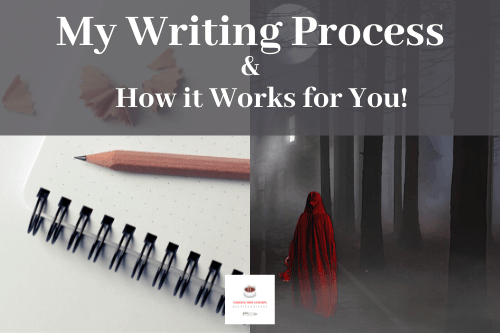

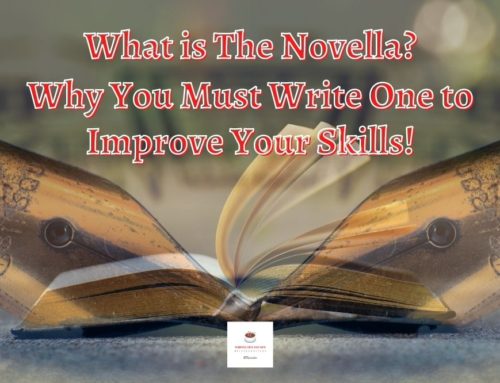

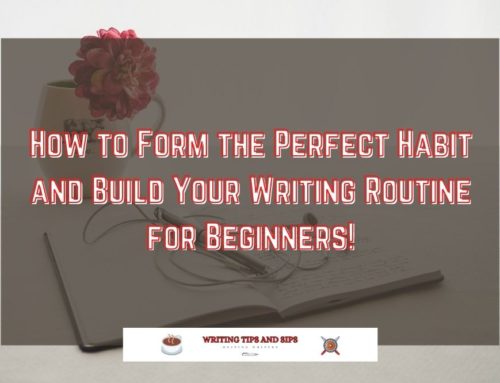
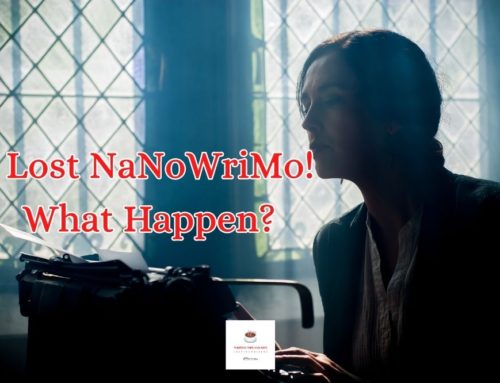
[…] a sitting meditation method. One where I focus on my breath while listening to music – usually binaural beats to help calm my mind. I generally set aside about five minutes for my meditation, and it’s the […]